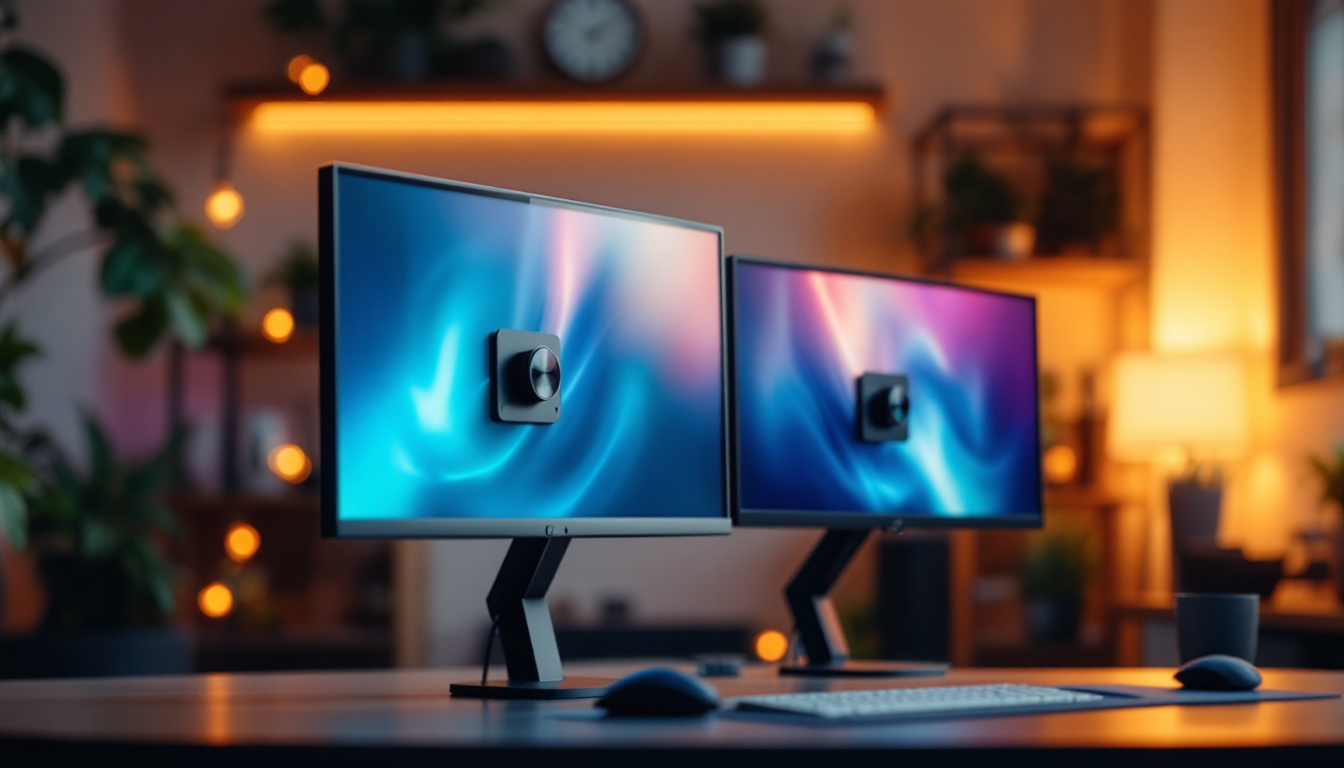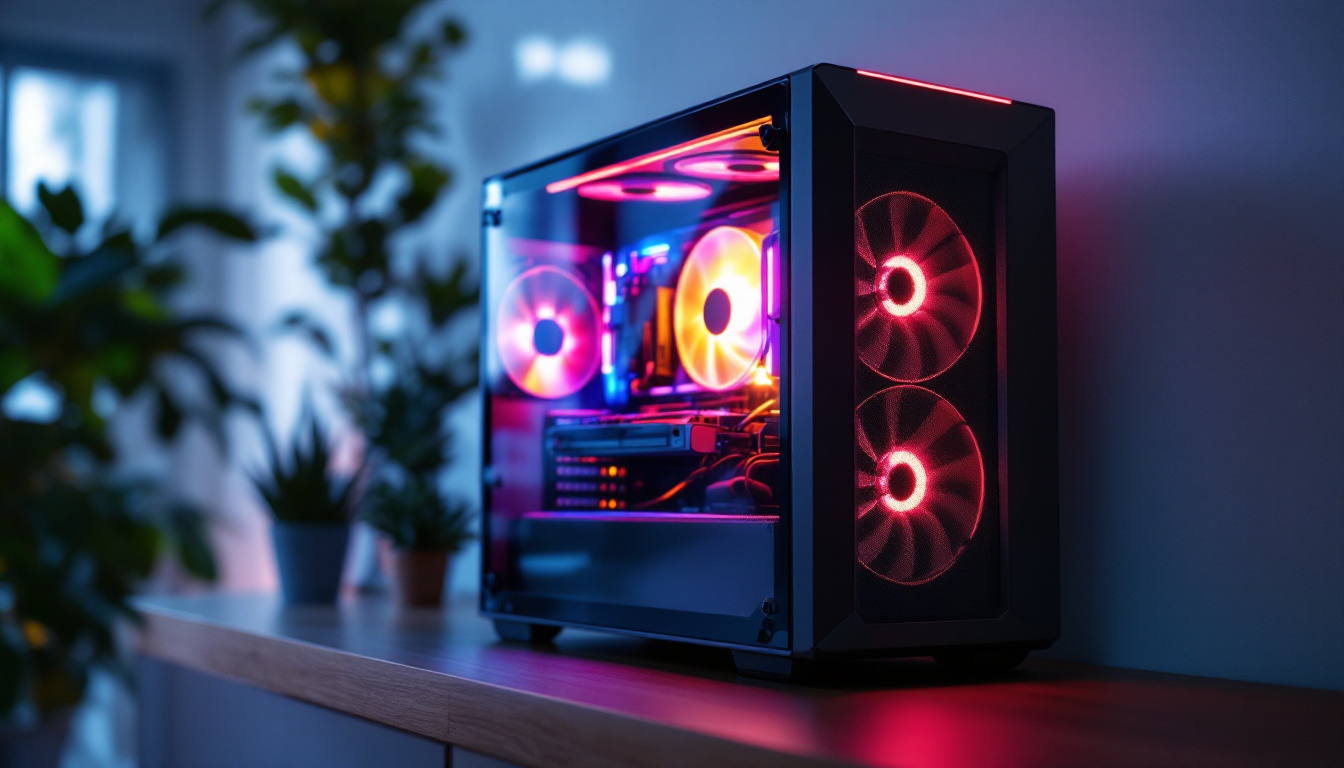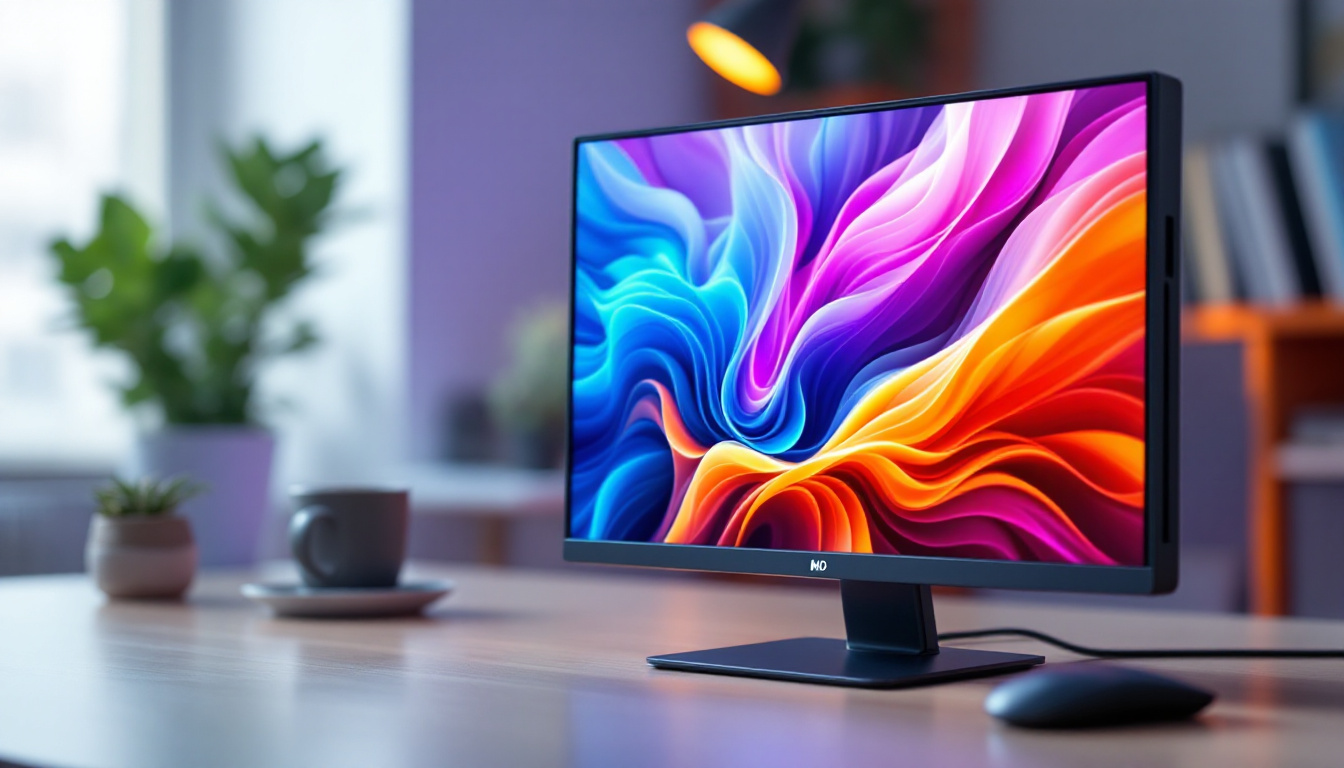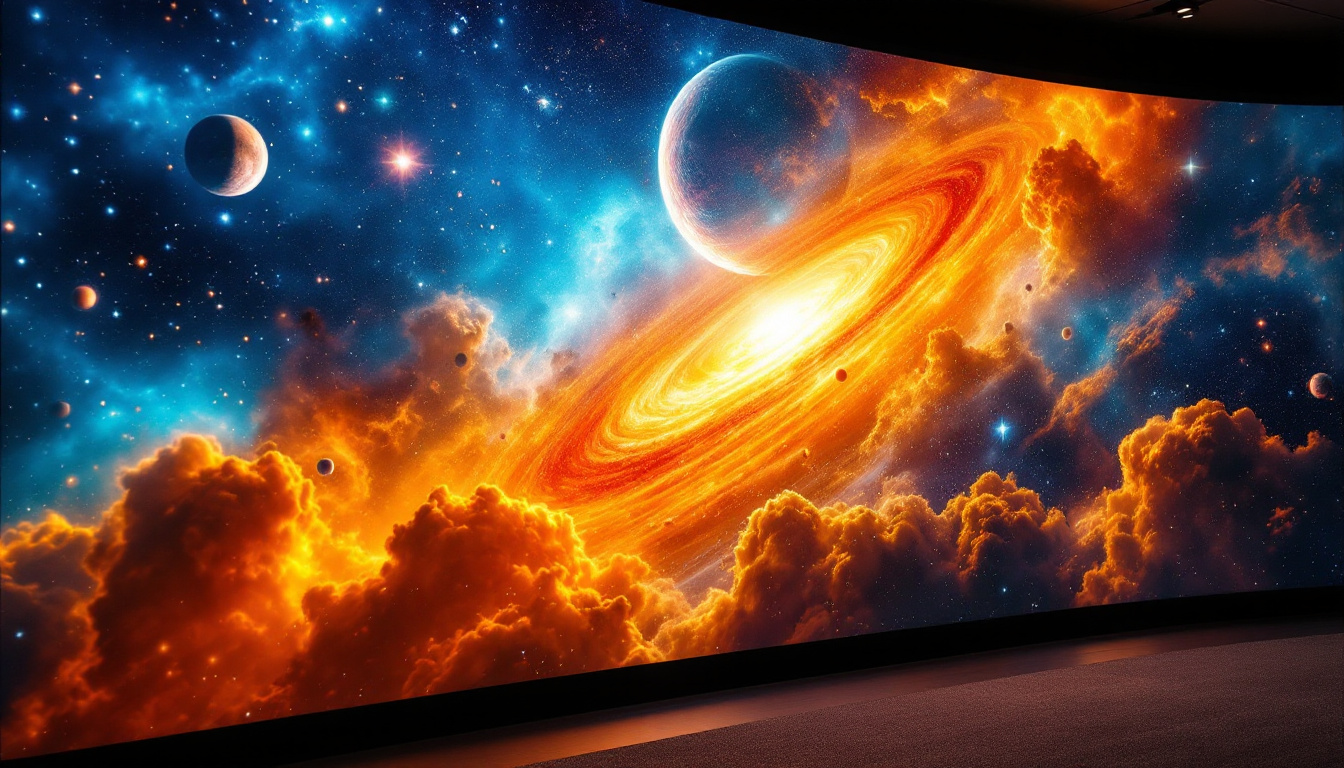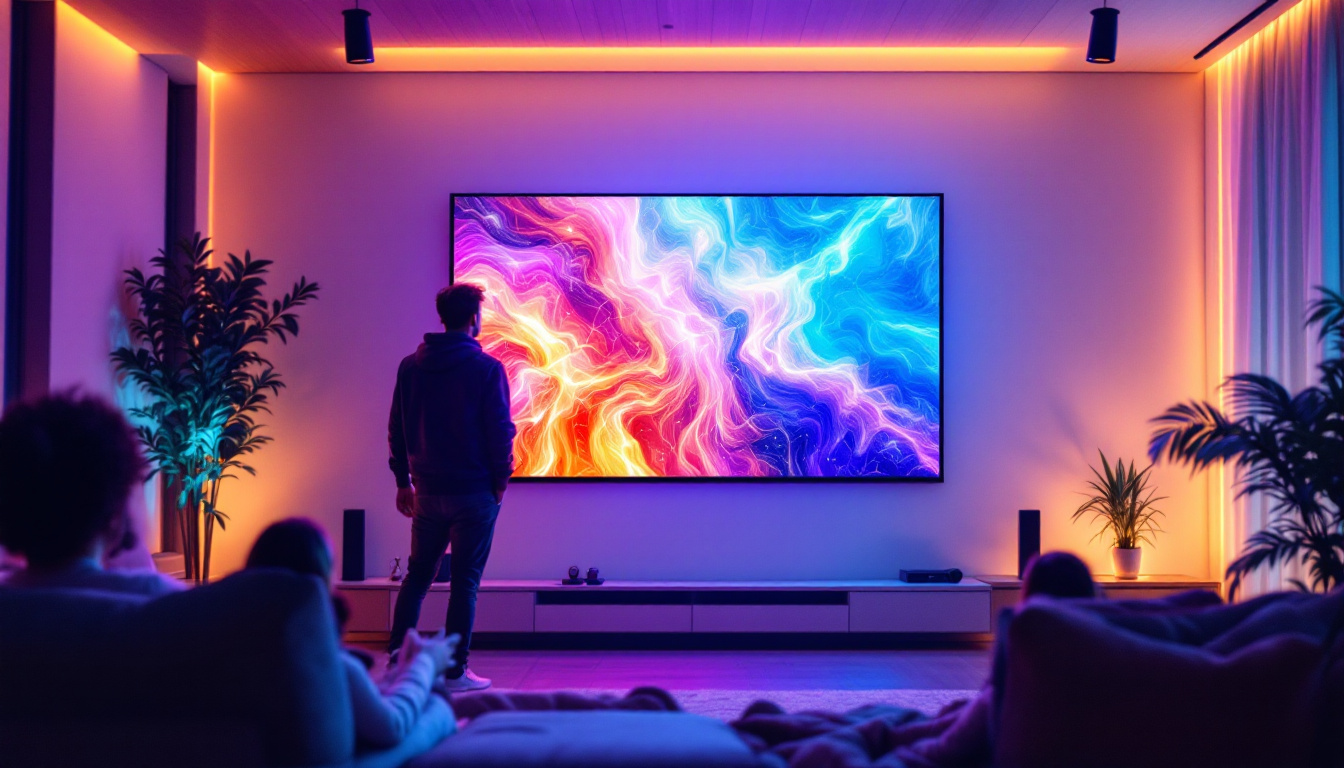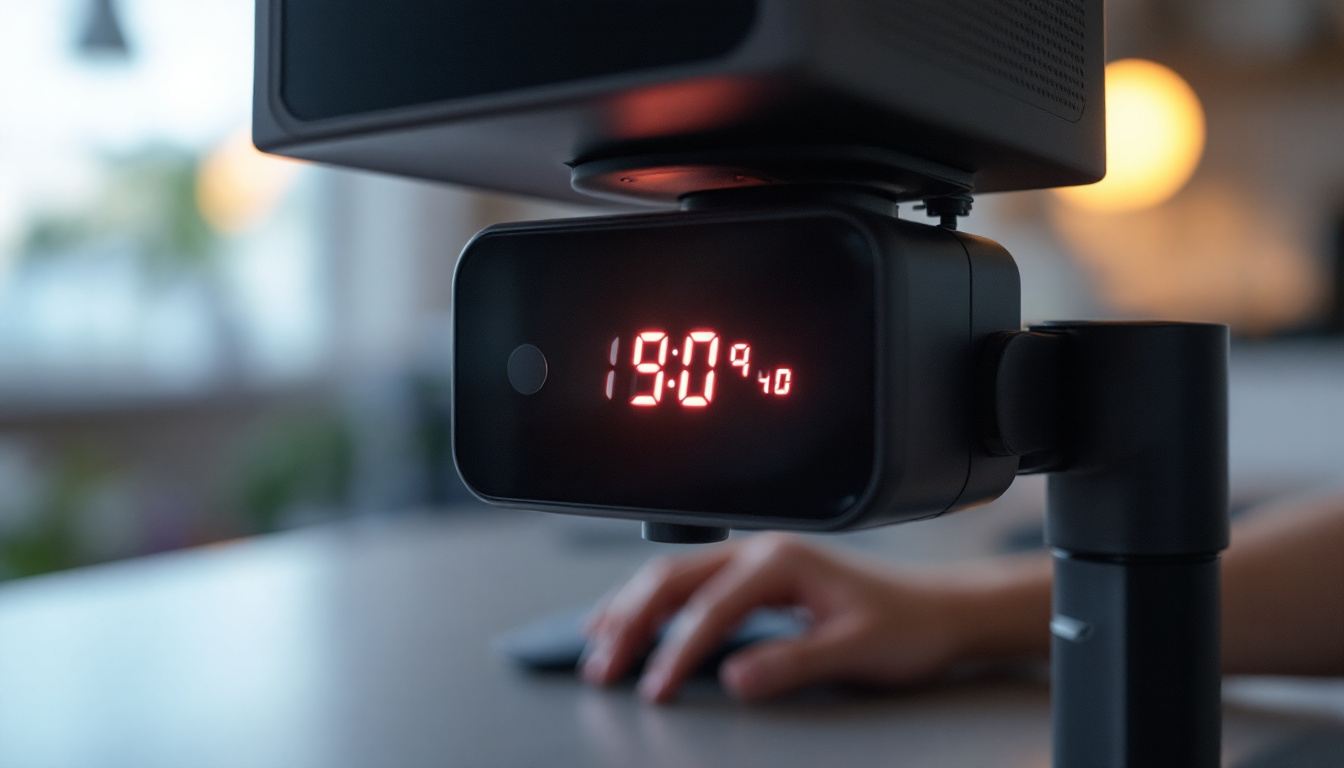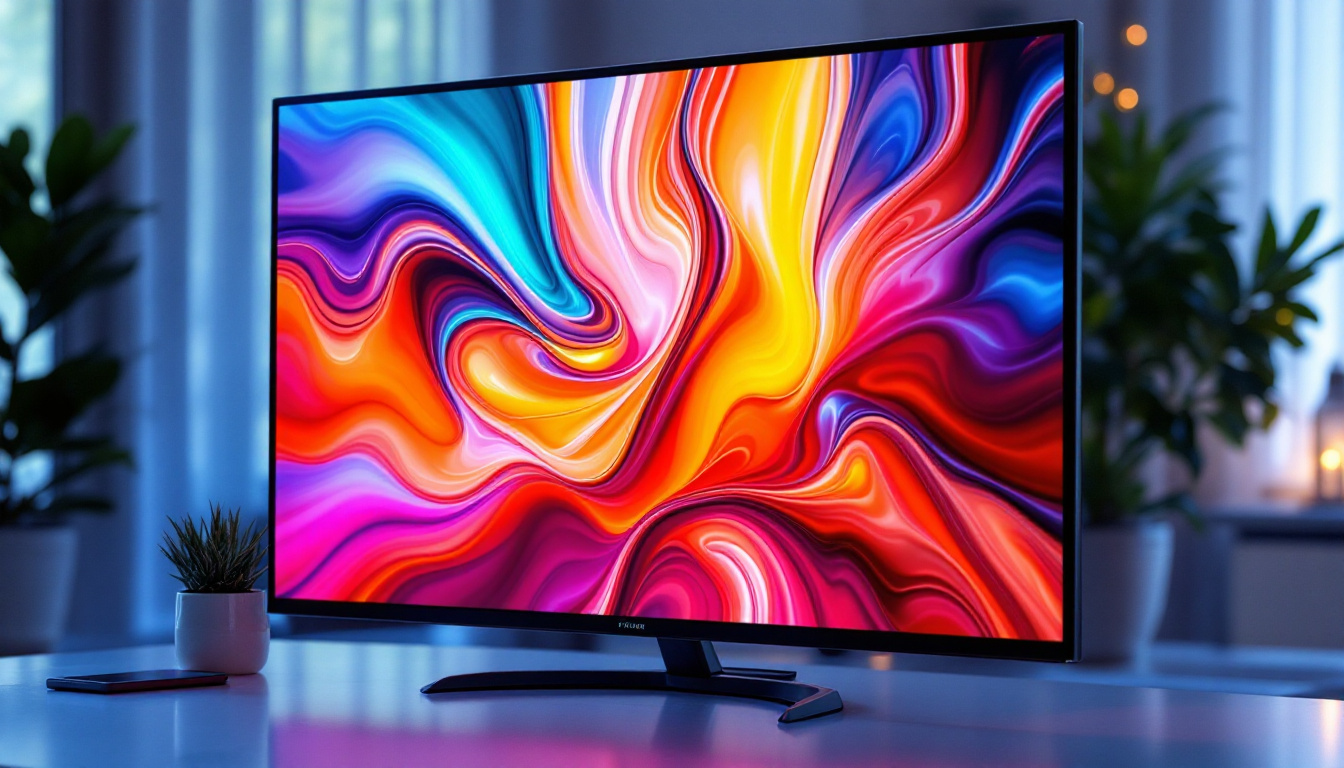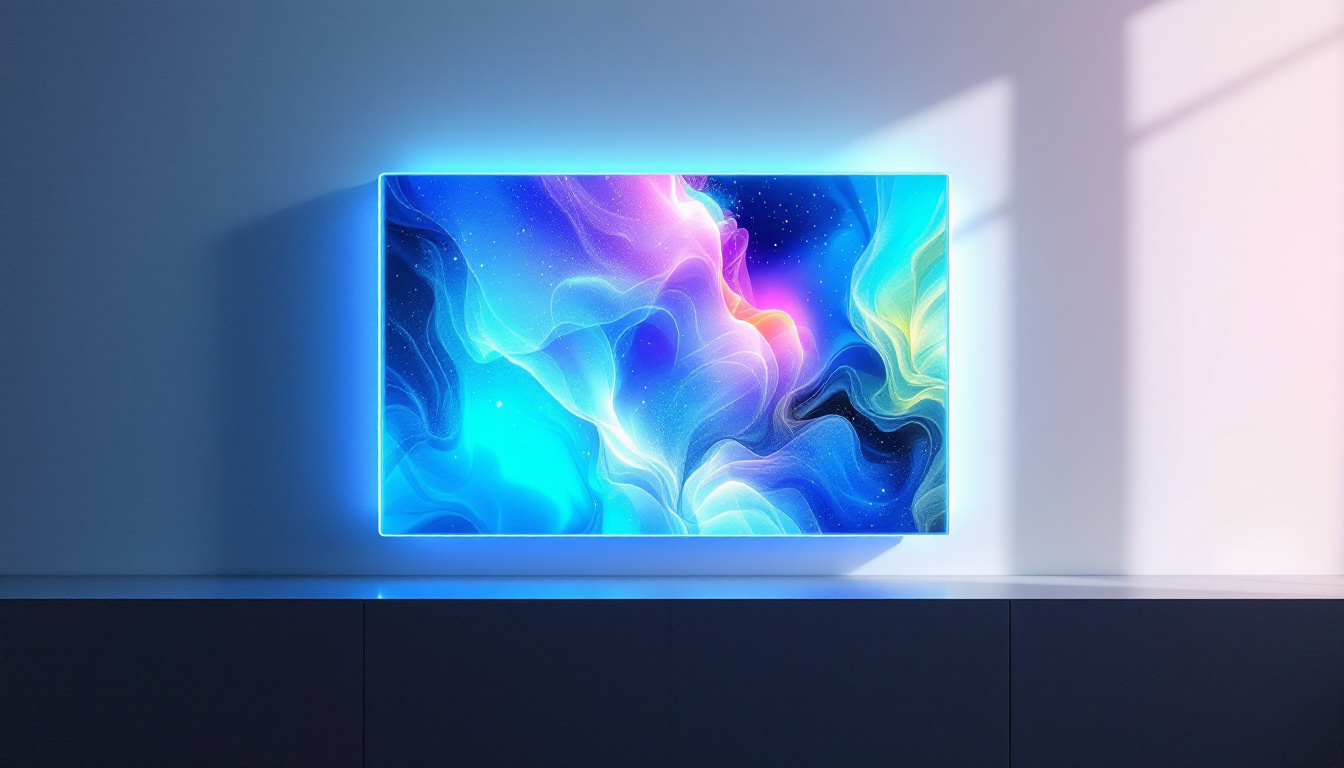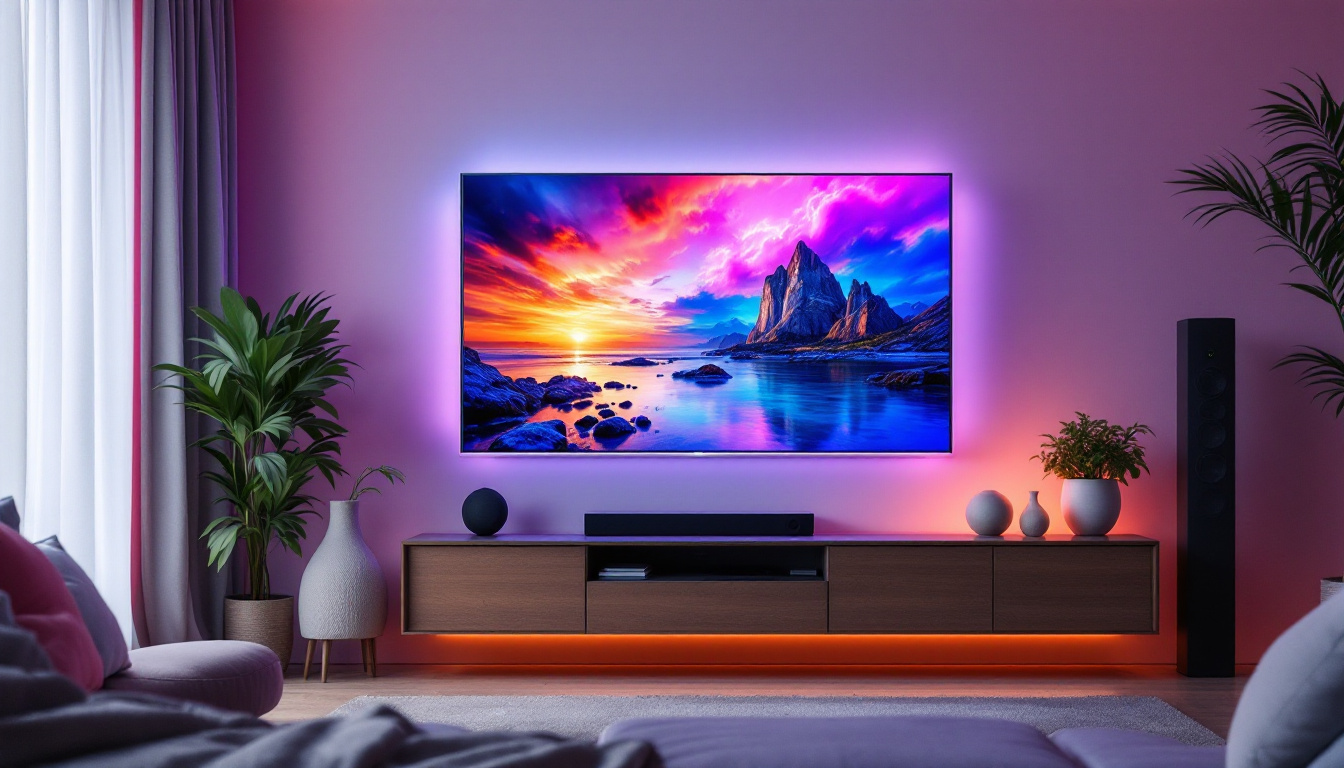In today’s fast-paced digital world, the need for efficient workspace setups has never been more critical. With many professionals working remotely or in hybrid environments, the demand for dual monitor setups continues to rise. Dual monitor arms and stands not only enhance productivity but also contribute to better ergonomics and aesthetics in the workspace. This article delves into the various aspects of dual monitor arms and stands, particularly focusing on their compatibility with LED displays.
Understanding Dual Monitor Arms and Stands
Dual monitor arms and stands are designed to hold two monitors simultaneously, allowing users to optimize their screen real estate. These tools provide flexibility in positioning, enabling users to adjust the height, tilt, and rotation of their displays. This section will explore the different types of dual monitor arms and stands available in the market.
Types of Dual Monitor Arms
There are several types of dual monitor arms, each catering to different needs and preferences. The most common types include:
- Desk-mounted Arms: These arms attach directly to the edge of a desk, providing a sturdy base for the monitors. They often come with adjustable clamps or grommet mounts for secure installation.
- Freestanding Stands: These stands do not require attachment to a desk and can be placed anywhere on a flat surface. They are ideal for users who may want to rearrange their workspace frequently.
- Wall-mounted Arms: For those looking to save desk space, wall-mounted arms are an excellent choice. They allow monitors to be positioned at eye level, reducing neck strain.
Benefits of Using Dual Monitor Arms
Utilizing dual monitor arms offers numerous advantages that can significantly improve the user experience:
- Increased Productivity: Having two screens allows for multitasking, making it easier to manage multiple applications simultaneously.
- Improved Ergonomics: Adjustable arms enable users to position their monitors at eye level, reducing the risk of neck and back strain.
- Enhanced Aesthetics: A clean, organized workspace can have a positive impact on focus and motivation. Dual monitor arms help eliminate clutter by lifting monitors off the desk.
In addition to these benefits, dual monitor arms can also facilitate better collaboration in a shared workspace. By adjusting the angle of the monitors, users can easily share their screens with colleagues, making it simpler to discuss projects or conduct presentations. This feature is particularly beneficial in environments where teamwork and communication are essential, such as in design studios or tech companies. Furthermore, many modern dual monitor arms are designed with cable management systems, helping to keep cords organized and out of sight, which not only enhances the overall look of the workspace but also reduces the risk of tangling and damage to cables.
Moreover, the versatility of dual monitor arms extends beyond just office use. Gamers, for example, can benefit from the immersive experience that dual screens provide, allowing them to monitor game stats or chat with friends while playing. Similarly, content creators can utilize dual monitors to streamline their workflow, using one screen for editing and the other for previewing their work. With the rise of remote work and digital collaboration, investing in a dual monitor setup has become increasingly popular, as it caters to a wide range of professional and personal needs.
Choosing the Right Dual Monitor Arm or Stand
Selecting the appropriate dual monitor arm or stand requires careful consideration of several factors. The right choice will depend on the user’s specific needs, workspace, and monitor specifications.
Weight and Size Compatibility
Before purchasing a dual monitor arm or stand, it is crucial to check the weight and size compatibility of the monitors. Most arms are rated for specific weight limits, and exceeding these limits can lead to instability or damage. Additionally, the size of the monitors should match the arm’s specifications to ensure a secure fit. It’s also worth noting that some manufacturers provide a compatibility chart that can help users select the right arm based on their monitor models. This can save time and prevent the hassle of returns due to mismatched specifications.
Adjustability and Flexibility
Adjustability is a key feature to look for in dual monitor arms. The ability to tilt, swivel, and rotate monitors can greatly enhance the user experience. Some arms even allow for vertical stacking of monitors, which can be beneficial in tight spaces. Consider how much adjustability is needed based on the tasks performed and personal preferences. For instance, graphic designers may prefer arms that allow for extensive tilting and rotation to achieve the perfect angle for color accuracy, while gamers might prioritize quick adjustments for optimal viewing during intense sessions. Furthermore, some advanced models come equipped with gas spring technology, which provides smooth and effortless adjustments, making it easier to reposition monitors throughout the day.
Installation and Setup
Installation ease is another important factor. Some dual monitor arms require more complex assembly than others. Look for products that come with clear instructions and all necessary hardware. Additionally, consider whether a desk-mounted or freestanding option would be more suitable for the workspace. Desk-mounted arms typically offer a cleaner look and save valuable desk space, while freestanding options can be moved around more easily and are ideal for temporary setups. It’s also beneficial to check if the arm includes cable management features, which can help keep cords organized and out of sight, contributing to a more streamlined and professional workspace. Moreover, some models even offer integrated USB ports or power outlets, adding convenience for users who rely on multiple devices.
LED Displays and Their Compatibility with Dual Monitor Arms
LED displays have become the standard for modern monitors due to their superior brightness, color accuracy, and energy efficiency. Understanding how these displays interact with dual monitor arms is essential for creating an optimal setup.
Benefits of LED Displays
LED displays offer several advantages that make them ideal for dual monitor setups:
- Brightness and Clarity: LED technology provides vibrant colors and sharp images, enhancing the overall viewing experience.
- Energy Efficiency: LED monitors consume less power compared to traditional LCDs, contributing to lower energy bills.
- Thin and Lightweight Design: The slim profile of LED monitors makes them easier to mount on dual monitor arms without compromising stability.
Considerations for Mounting LED Displays
When mounting LED displays on dual monitor arms, there are specific considerations to keep in mind:
- VESA Compatibility: Most LED monitors come with VESA mounting patterns, which are essential for compatibility with dual monitor arms. Ensure that the arm supports the specific VESA size of the monitors.
- Weight Distribution: LED monitors are generally lighter than older models, but it is still important to ensure that the arm can support the combined weight of both displays.
- Cable Management: Many dual monitor arms feature built-in cable management systems that help keep cords organized and out of sight, enhancing the overall aesthetic of the workspace.
Setting Up a Dual Monitor Workspace
Creating an efficient dual monitor workspace involves more than just mounting the displays. Proper setup can significantly impact productivity and comfort.
Optimal Monitor Placement
When positioning monitors, consider the following guidelines for optimal placement:
- Eye Level: The top of the monitor screen should be at or slightly below eye level. This helps reduce neck strain and promotes a more comfortable viewing angle.
- Distance: Monitors should be placed about an arm’s length away from the user. This distance helps reduce eye strain and allows for easier focus on both screens.
- Angle: The monitors should be angled slightly inward to create a more immersive viewing experience and minimize head movement.
Adjusting for Comfort
After setting up the monitors, it is essential to make adjustments for comfort. This includes:
- Height Adjustment: Ensure that both monitors are at the same height to avoid neck strain. Dual monitor arms typically allow for easy height adjustments.
- Screen Tilt: Tilt the monitors to reduce glare from windows or overhead lights, enhancing visibility.
- Keyboard and Mouse Position: Position the keyboard and mouse at a comfortable height to prevent wrist strain. Ideally, the elbows should be at a 90-degree angle while typing.
Maintaining Your Dual Monitor Setup
Once the dual monitor setup is complete, regular maintenance is necessary to ensure optimal performance and longevity.
Cleaning the Monitors
Keeping monitors clean is essential for maintaining clarity and color accuracy. Use a microfiber cloth and a gentle cleaning solution specifically designed for screens. Avoid using harsh chemicals that can damage the display.
Checking Connections
Periodically check the connections between the monitors and the computer. Loose cables can lead to display issues or interruptions. Ensure that all cables are securely connected and in good condition.
Adjusting Settings
Monitor settings may need adjustments over time. Calibrate the color settings and brightness levels to match the lighting conditions of the workspace. This can help reduce eye strain and improve overall comfort.
Conclusion
In conclusion, dual monitor arms and stands are invaluable tools for enhancing productivity and comfort in the modern workspace. With the rise of LED displays, it is essential to choose the right setup that accommodates these advanced monitors. By understanding the benefits, compatibility, and proper setup techniques, users can create an efficient and ergonomic dual monitor workspace that meets their specific needs.
Investing in quality dual monitor arms or stands can lead to significant improvements in workflow, making it a worthwhile consideration for anyone looking to optimize their workspace. Whether for professional use or personal projects, the right dual monitor setup can transform the way tasks are accomplished, leading to greater efficiency and satisfaction.
Explore Cutting-Edge LED Display Solutions with LumenMatrix
Ready to elevate your workspace and enhance your visual experience? Discover LumenMatrix’s innovative LED display technology, designed to bring your content to life with unparalleled brightness, clarity, and versatility. Whether you’re in need of an Indoor LED Wall Display for your office, an Outdoor LED Wall Display for impactful advertising, or any of our specialized solutions like Vehicle LED Displays and Custom LED Displays, LumenMatrix has you covered. Embrace the future of visual communication and captivate your audience with our state-of-the-art LED display modules. Check out LumenMatrix LED Display Solutions today and transform your dual monitor setup into a dynamic and engaging workspace.

